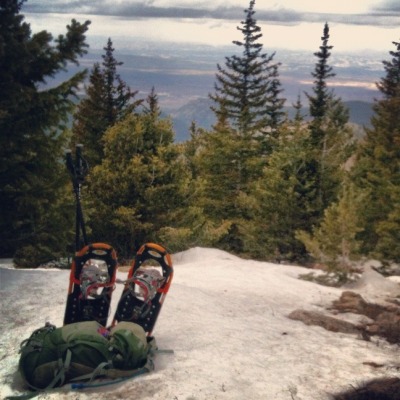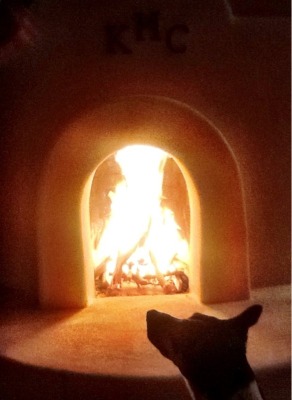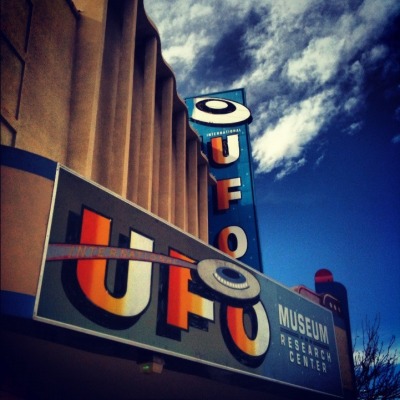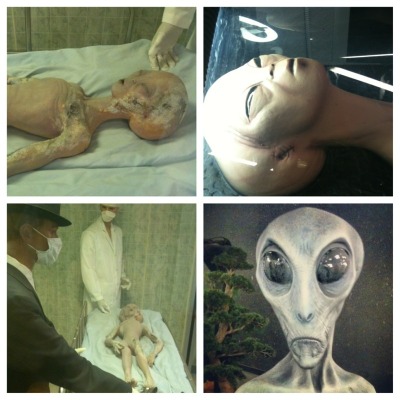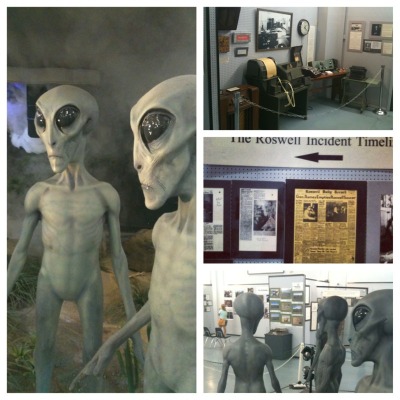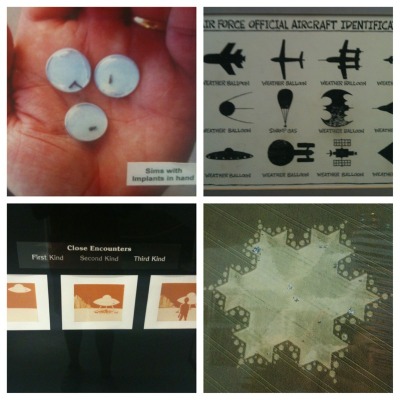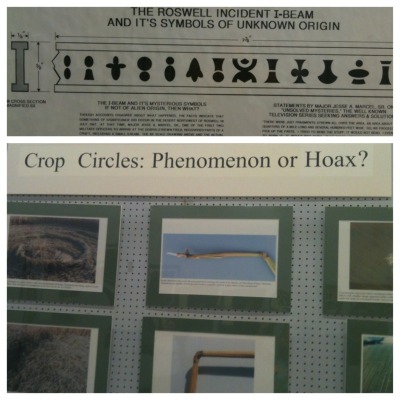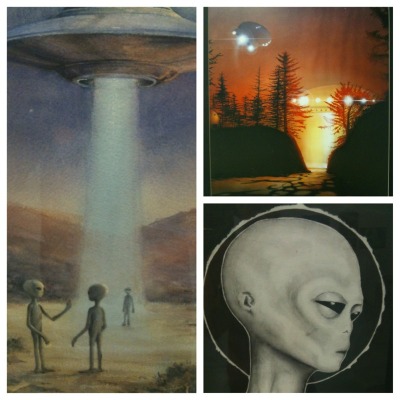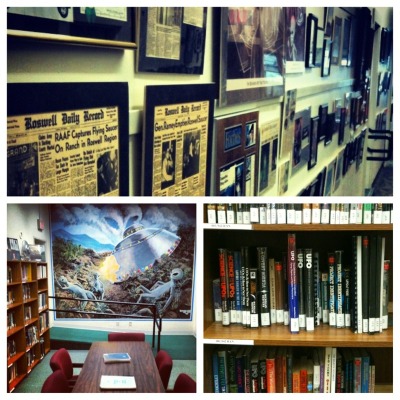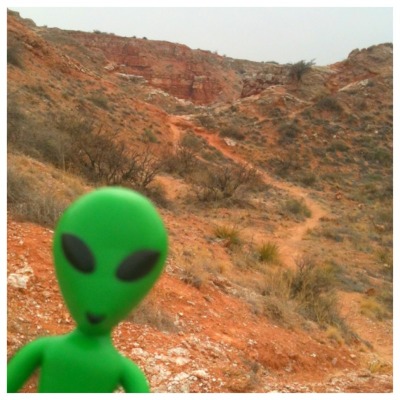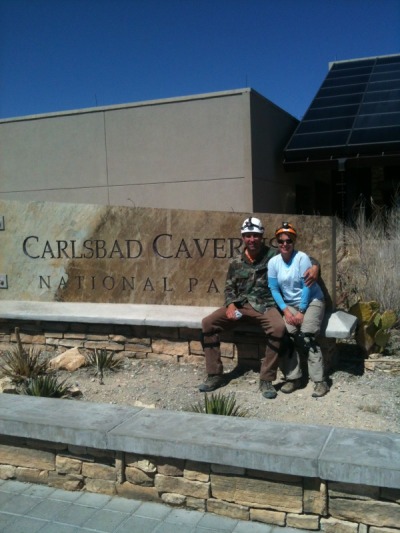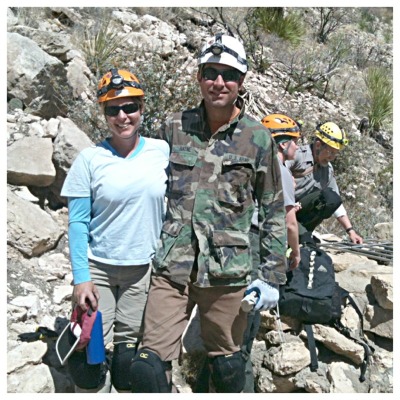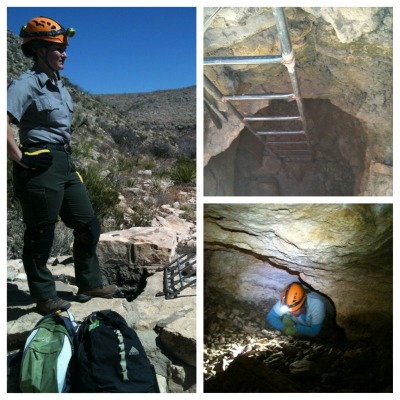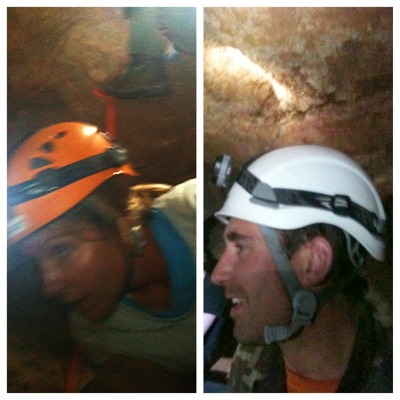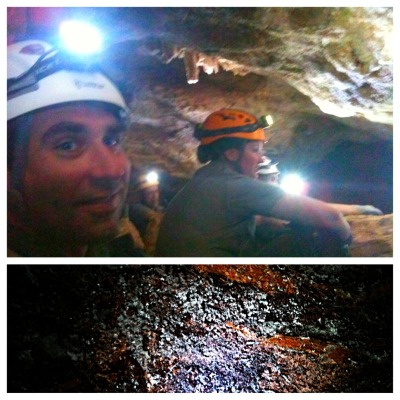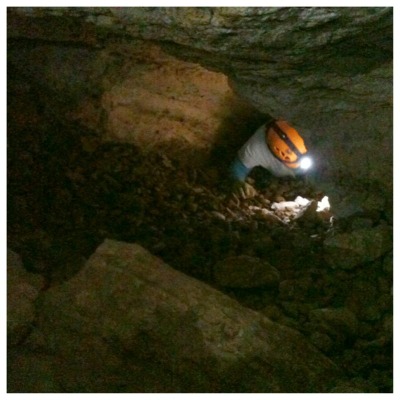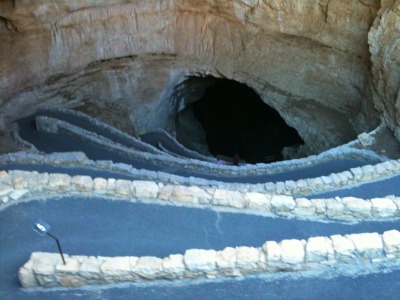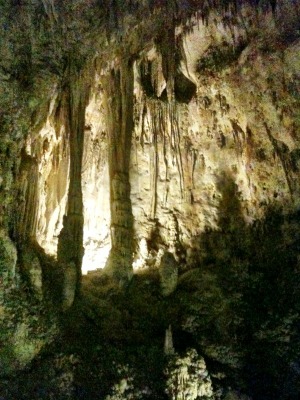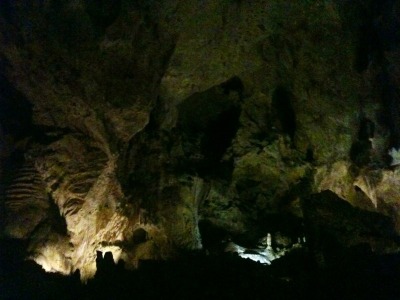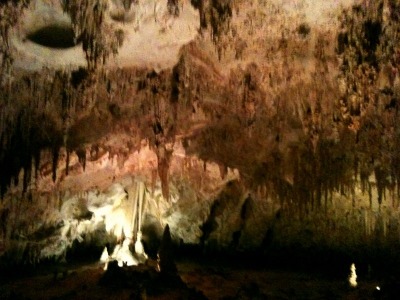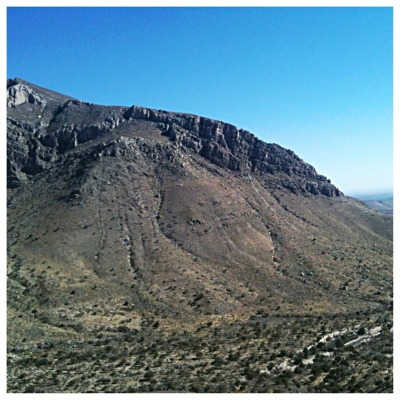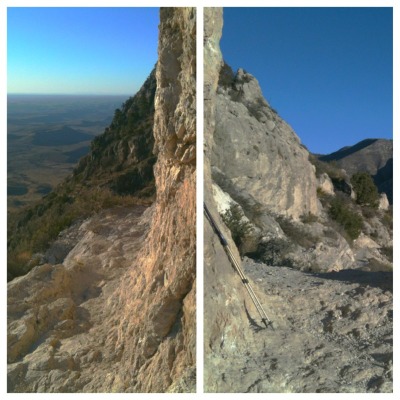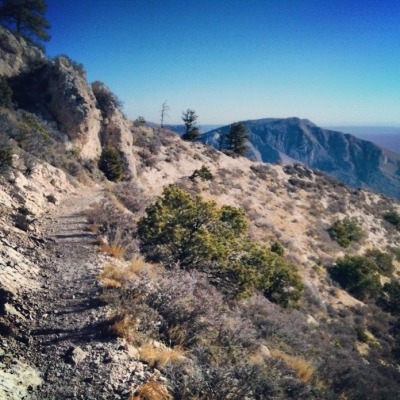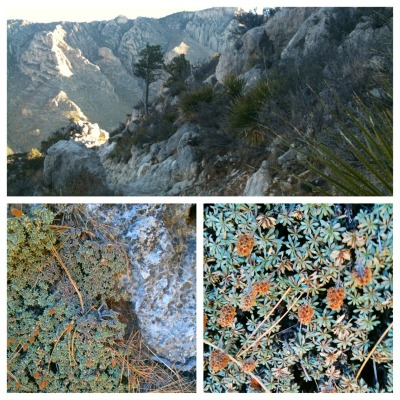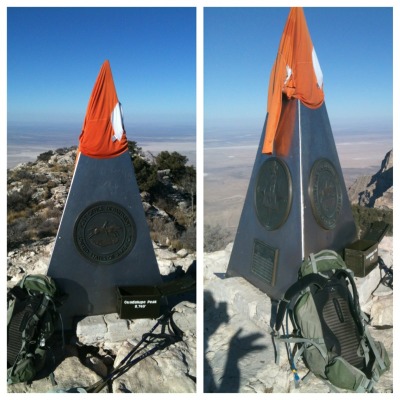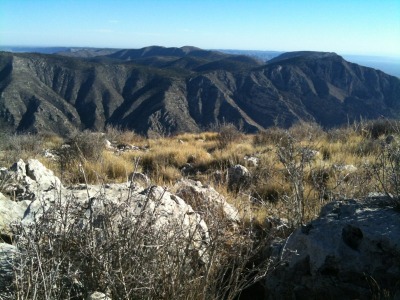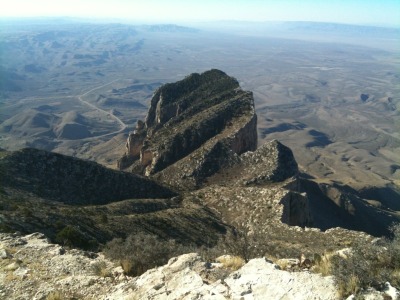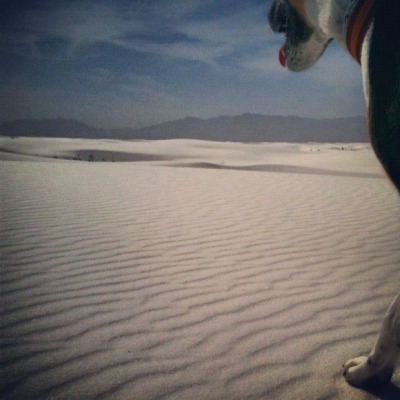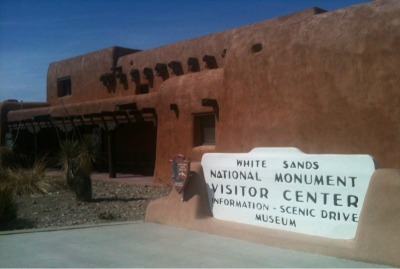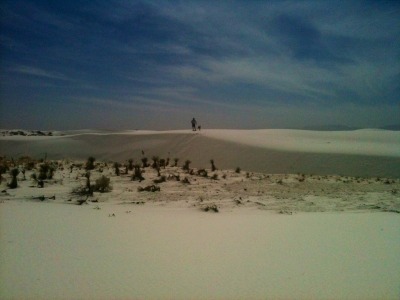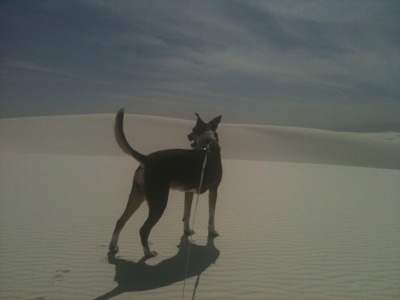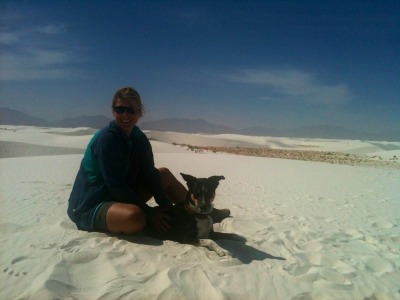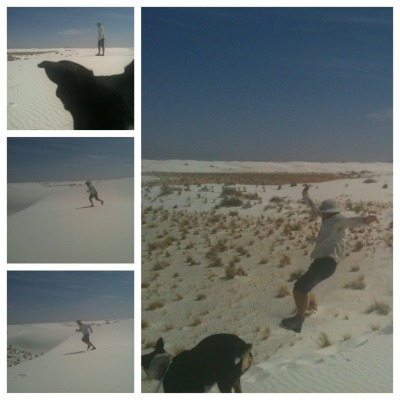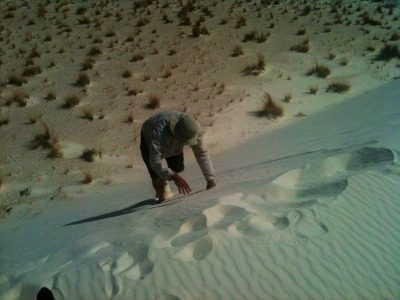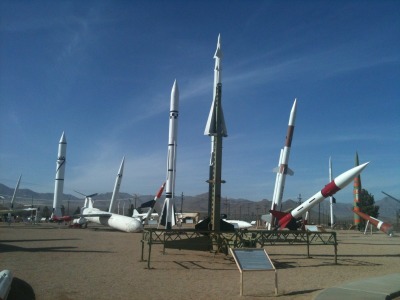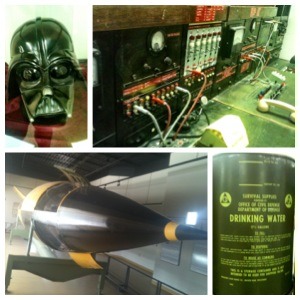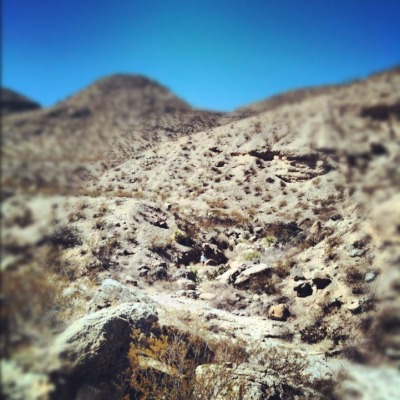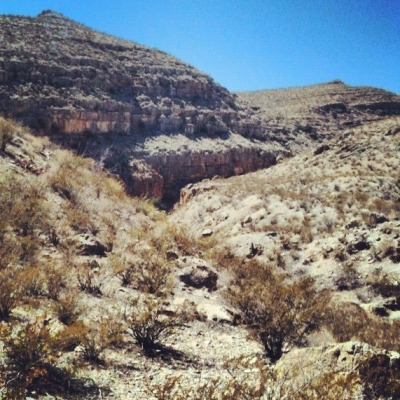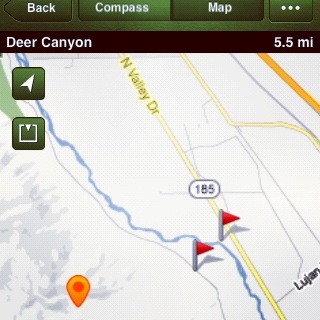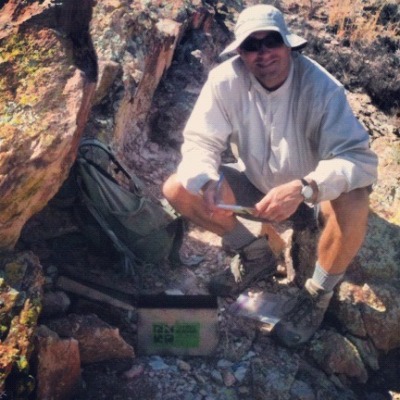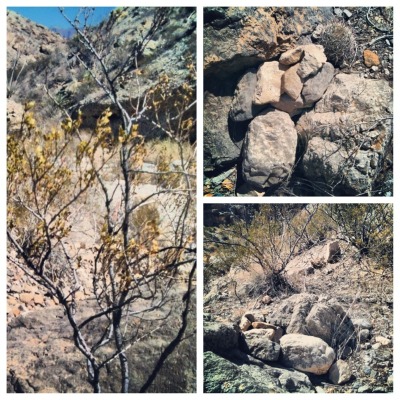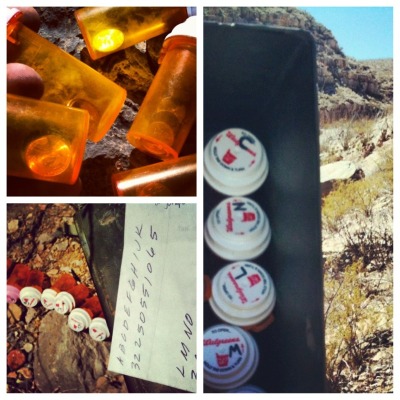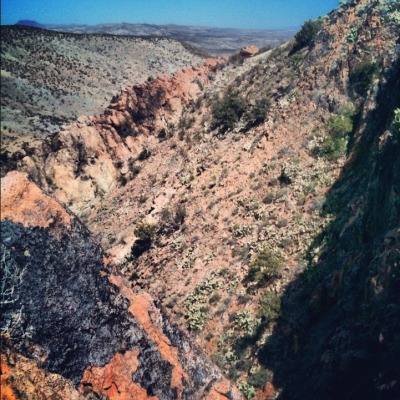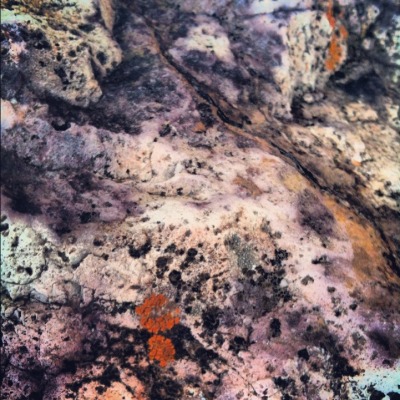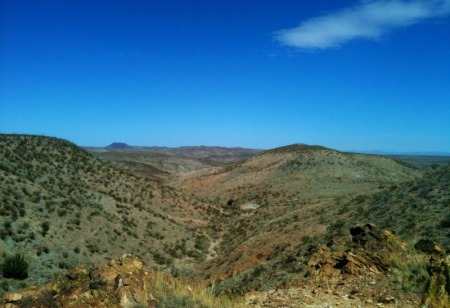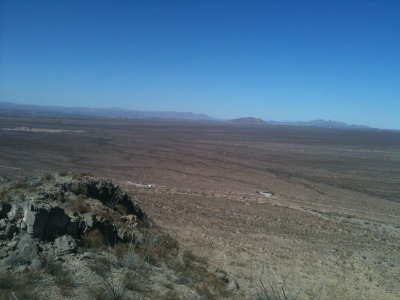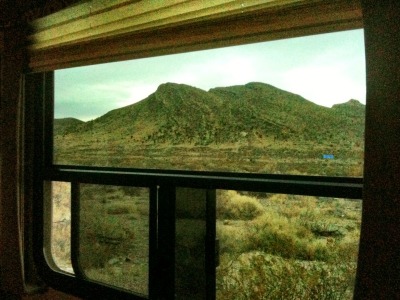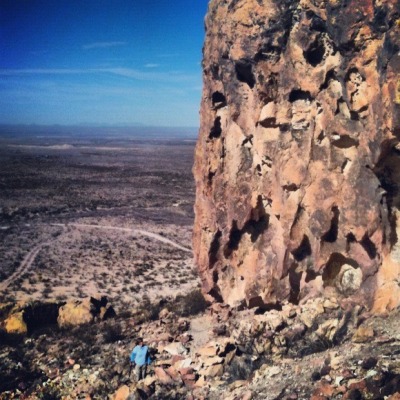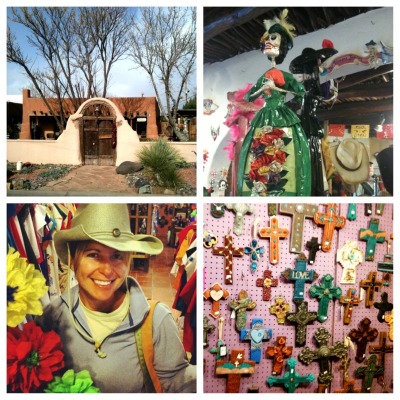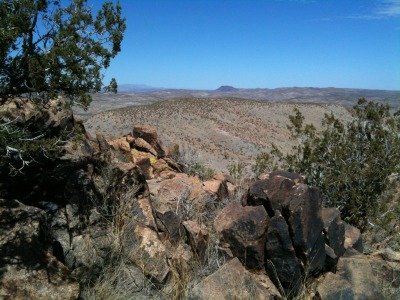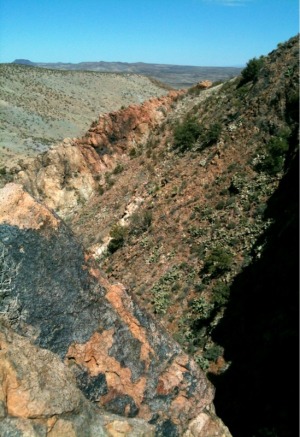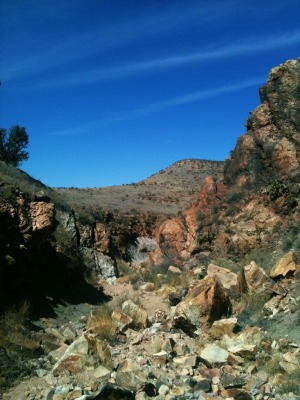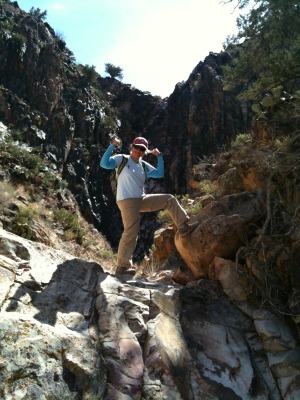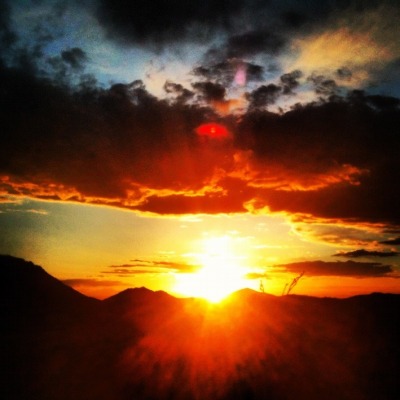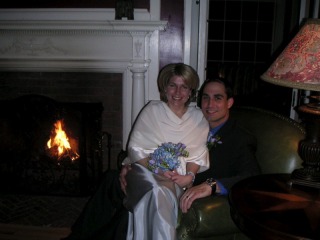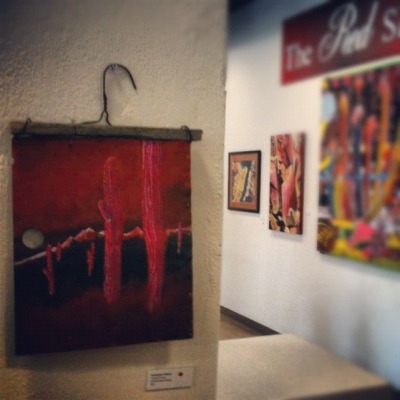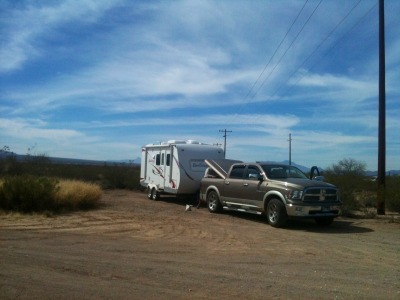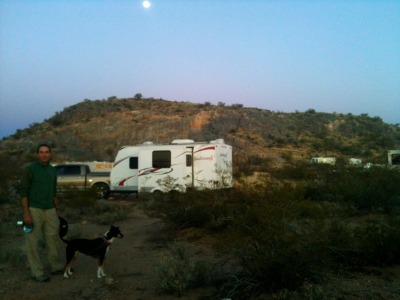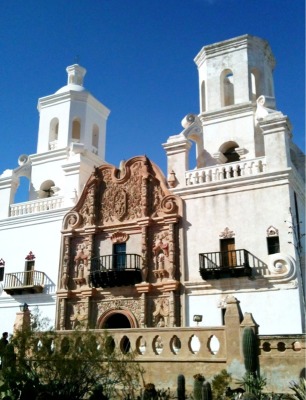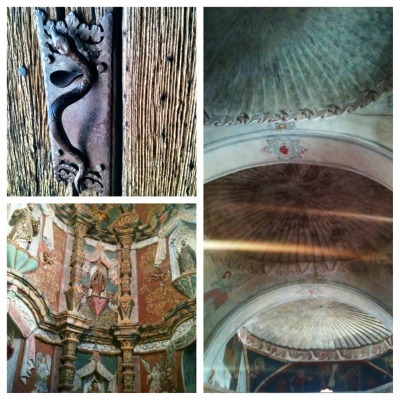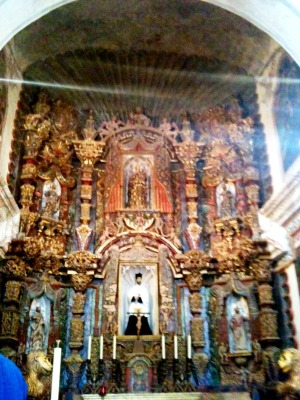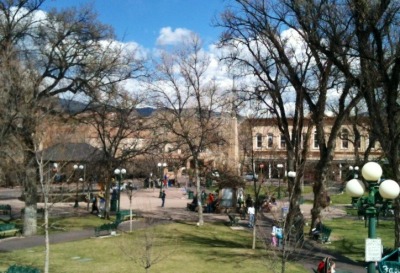
I just cooked dinner on what seems like a giant-sized range, spread my ingredients out over expansive countertops, and grinned while I washed dishes in an enormous double sink. Yesterday, I practically danced as I walked a few steps to start a load of laundry. And no, our little RV didn’t magically double in size and sprout a washer and dryer…I did it all in a little adobe house we’re calling home– we’ve given up the mobile lifestyle and grounded ourselves.
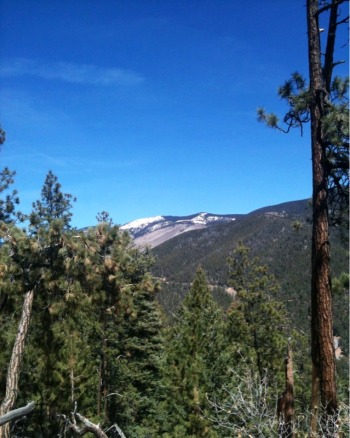
And we’ve done it in one of the most beautiful towns we’ve seen — Santa Fe, New Mexico. Surrounded by mountains, with 300+ days of sunshine a year, and a truly welcoming community of people, we’ve found our new place in the world. The past month has been a roller-coaster, and not just because we spent the first few weeks camped high among the steep peaks of the Sangre de Cristo mountains. From our last camp in Roswell, we were planning a gradual approach to Santa Fe, mostly to let our job searches mature before we actually arrived and started getting impatient. But then Kris found what seemed like a perfect rental property — it was just listed, but (as we discovered after calling) already had a line of people scheduled to see it. Not wanting to let the little adobe castle with room for our RV and a short term lease slip through our fingers, we packed up late on a Sunday and drove into the night so we could see it first thing in the morning. And it was (is) great — small and filled with light and breathtaking views. It’s so nice it doesn’t even matter that we don’t have any furniture.

But since it wasn’t available for us to move in for three weeks, we headed into the mountains that frame the north side of town. These snow-capped peaks captured Kris’s attention as soon as we arrived, and are a big reason we’re staying. A surprisingly short drive from downtown puts you high in the Sangre de Cristos, where we camped among aspens and pines and remembered how good it feels to hike on soil instead of rock, under a canopy of branches. At nearly 9,000 feet, we had to adjust to the altitude, and the early spring brought two snowstorms and many frigid nights – and our first frozen pipes! But we got through it with minimal grumpiness and lots of blankets. Near-daily hikes to a nearby peak for our only chance at a cell signal and Internet access became routine, or short trips to town to get to know the place (and soak up some Internet, of course). Sending out resumes, job interviews, and finalizing the sale of our home in Virginia all kept us busy, and made for lots of ups and down as we struggled at times to stay positive. It was a strange time – looking forward to a new life in Santa Fe, but not sure it would work out — afraid to hope too much, trying not to fall in love with the adobe buildings, the green chile burgers, the aspens, and the place where the Rocky Mountains end. This was the time to nail the landing from the cliff we jumped off a year ago when we left our life in Virginia.
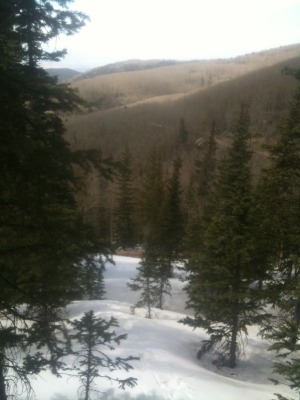
Since then, we enjoyed the last of the spring freezes in front of a fire in our little cottage, planted tomatoes and lettuce in a tiny garden as a sign of good things to come, had more ups and downs in the job searches, and little by little, gave in to hope. We love it here – wide open vistas framed by mountains and a wide open community where there’s room for everyone and everyone’s beliefs. And finally some good news on the job front made it real – we made the landing. We are home.
